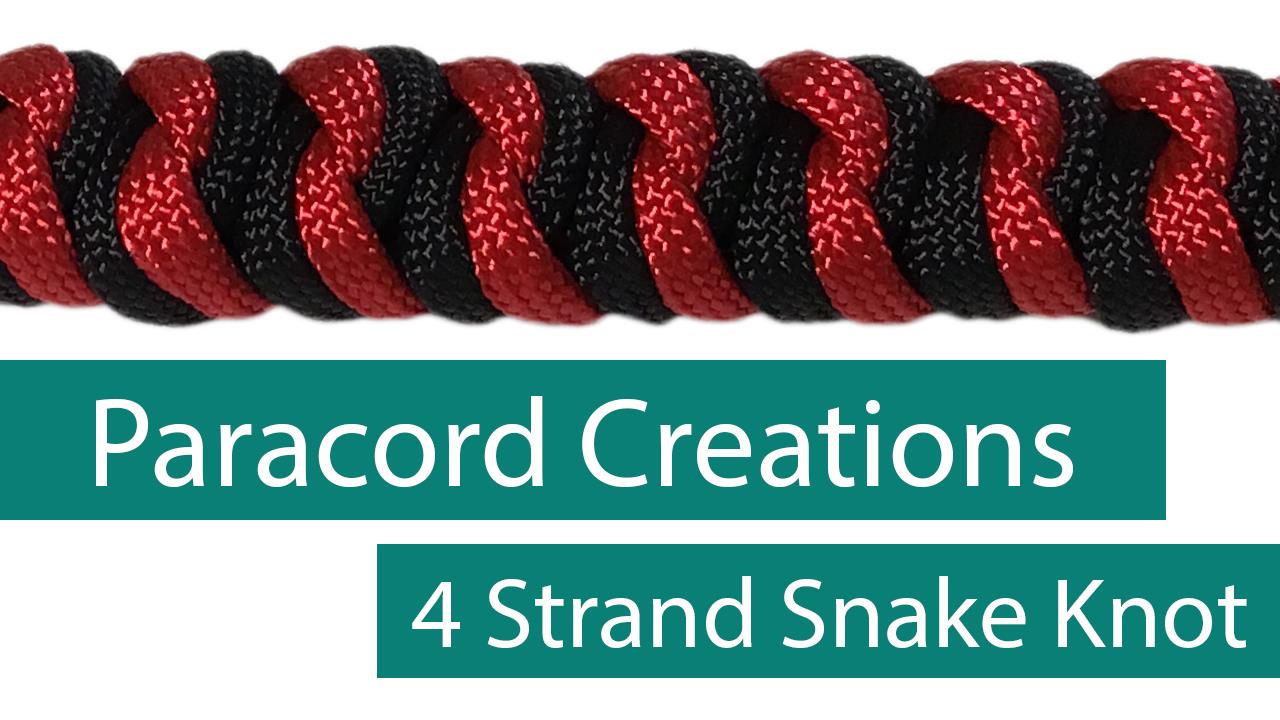
If you're looking for reliable and decorative paracord knots, then read on. You'll learn the basics, the strongest paracord knot, common paracord hitches, and some basic bracelet patterns. You can also try these paracord knots for decorating your items. If you're not familiar with these knots, learn them today. And remember, paracord is not just for survival! There are many other uses for paracord, too!
Basic paracord knots
A good survival skill to know is the ability to tie a few basic paracord knots. Paracord knots can be used to build shelter, negotiate tough terrain, protect food from wildlife, and perform first-aid tasks. In addition to these, it is important to know how to tie a few different types of paracord knots. Here are five basic paracord knots to learn and master. Each knot has a different purpose.
The first paracord knot that beginners should learn is the sheet bend. This knot is almost square-shaped. The running end of the second cord tucks under the free end of the first. This knot can be doubled and is useful for joining cords of different diameters. Note: Adding a loop to the end of a line with a smaller diameter will make the knot stronger. In addition, sheet bends can be used to connect two cords of a different diameter.
Strongest paracord knot
There are several ways to make a strong paracord knot. The Alpine Bend and Zeppelin Bend are both great options. You can also use a permanent knot such as the Double Fisherman's Knot. Both of these types of paracord knots have great holding power and are highly recommended for beginning users. If you're unsure about which paracord knot to use, consider these three suggestions. You'll soon discover the right knot for any situation.
The most commonly used type of paracord is 550 cord, which is rated to withstand 550 pounds of static force. 550 paracord is usually called Type III cord, and is available at most outdoor retailers. For this knot, make sure to buy it from a reputable source, as it's very durable. First, take about two to three inches of paracord. Next, wrap it around your index finger to form a loop. Slide the cord through the loop, tightening the folded end of the rope as much as possible.
Common paracord hitches
When it comes to making paracord knots, the bowline is one of the most commonly used. A bowline is simply one overhand knot tied in a bight. Its main advantage is that it creates fixed loops at the ends of the line. This type of paracord knot is also ideal for tent guy lines, as the loops are easier to untie after a load is removed. Here are some examples of popular paracord hitches.
A pile hitch, also known as a post or stake hitch, is a simple knot that is useful for securing an upright object. The shorter end of the cord must be passed under a standing object to form the loop. This type of hitch is useful for making paracord bracelets or securing small objects. This type of hitch is easy to learn and can save your life! This paracord knot is a must for preppers and beginners alike.
Common paracord bracelet patterns
When creating a paracord bracelet, there are a few basic steps to follow to ensure a successful project. First, you need to know your wrist measurement. Because paracord is dense, the bracelet should be at least 6 inches long, and if possible, it should be slightly longer than your wrist width. When cutting paracord, you should also cut it a few inches extra so you have enough to complete the project. Remember, the paracord shrinks after it dries.
The Cyclone Wrap is a popular, two-tone design that uses a center stitch to hide the Fishtail design. Another popular design is the Cat's Claw, which uses two different colours and looks like the claws of a cat. This pattern is more complicated than a simple one, and it holds more cordage than other beginner-level designs. Another example of a complex bracelet is the Dr. Who bracelet, which uses blue and white cord.
Check out the best trail cameras on Amazon
Always check our latest articles at...
https://bushcrafttips.com/what-is-bushcraft
 What is BushcraftSurvival SkillsToolsVideosBushcraft CampsBushcraft KitsBushcraft ProjectsPrivacy PolicyTerms And Conditions
What is BushcraftSurvival SkillsToolsVideosBushcraft CampsBushcraft KitsBushcraft ProjectsPrivacy PolicyTerms And Conditions
